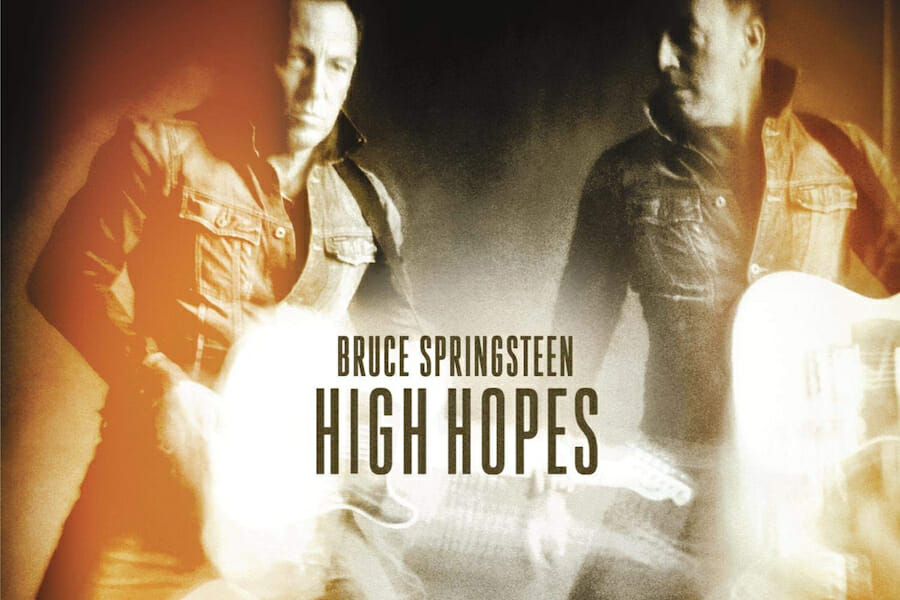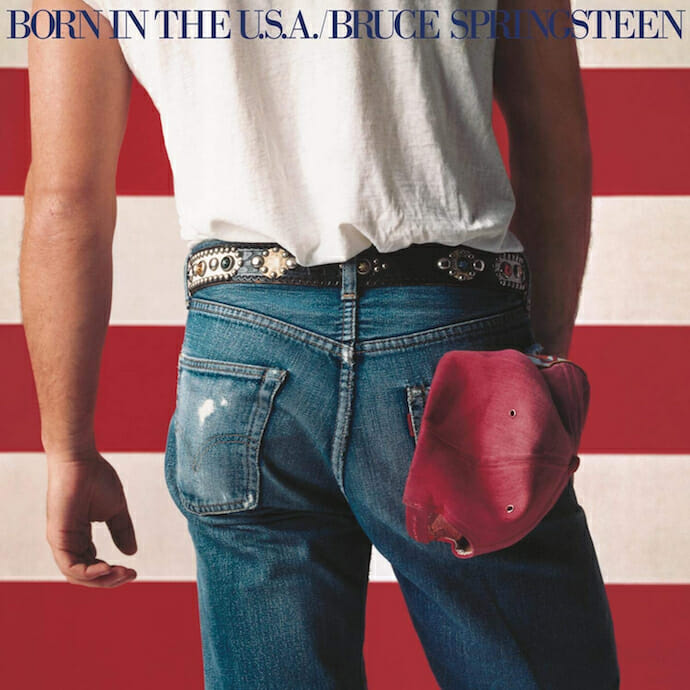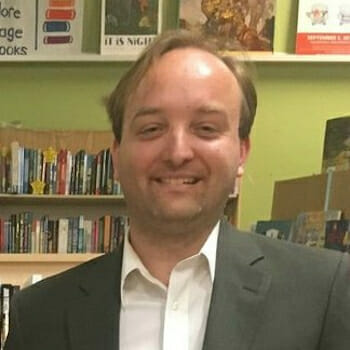
Springsteen’s ‘High Hopes’
High Hopes, Bruce Springsteen’s 18th studio album, released January 14th, is one of his boldest sonic experiments; nearly every song supplants or supplements his classic instrumentation with produced artifice. Springsteen’s strongest tools here, however, are his oldest: his own earthy singing voice and the E Street Band. The sweeping change in High Hopes is the addition of guest guitarist Tom Morello to Springsteen’s lineup. Morello, known for the industrial sound effects on guitar, lends his unique palette to nearly every song on the album.
Perhaps Springsteen intends to use the guitarist, whom he calls his “muse,” to add hard rock and a sense of the surreal to his populist anthems. But Morello’s carnival of noises and major scale shredding tend to muffle Springsteen’s hymns for hard times. The album opener, “High Hopes,” could be the natural progression of Springsteen’s recession frustrations in Wrecking Ball. The main riff on horns has all the fun and sass of great zydeco. It sounds like the Boss has replenished his hopes for America. But Morello’s effects-heavy guitar is a stranger to the New Orleans-style fête.
The vibraphone is barely audible beside the guitar. The drums sound thin and processed—just the wrong way to be when everyone else is in the band is in mid-sashay. The next tracks, “Harry’s Place” and the updated “American Skin,” occasionally muzzle Springsteen’s voice with effects.
On the latter track, an elegy, Morello’s guitar solos are far too whimsical and hyper. His work here would accord better with 80s Journey hits. Tonally, the sax solo fits an elegy.
The worst mismatch of Springsteen and Morello’s sensibilities occurs in the remake of “The Ghost of Tom Joad.” The song’s lyrics place the listener in world of the poor and homeless. Springsteen’s imagery is at its best until Morello’s guitar begins to paint alien soundscapes. It’s as if one artist sketched the Earth and the other sketched Mars directly over it. Neither is clear. The original “Tom Joad” featured vocals, harmonica, and little else—just right for a song about living outdoors.

When the traditional E Street Band supports Springsteen, his economic message has the usual crunch to it. His cover of “Just Like Fire Would” features a catchy, clean guitar riff and pounding drums—appropriate for a simple story about the rush of life on the road.
Springsteen experiments most successfully on “This is Your Sword” and “Dream Baby Dream.” The first tune is Celtic-inspired, featuring bagpipe, banjo, mandolin, and violin. Though the sound seems far from Asbury Park, New Jersey, Springsteen makes it his own. The lyrics about love, family heritage, and institutional knowledge are suited to his strengths. The second, a cover song and an arena anthem that builds to a powerful crescendo, depends on strong vocals and synthesizer. It should be a sing-along encore on his upcoming tour. Its lofty Americana recalls U2’s The Joshua Tree. Only a poet of hope like Springsteen could take a song from a band named “Suicide” and breathe new life into it.
Morello’s sound is crucial to Rage Against the Machine. It might work on a hypothetical punk metal album with Springsteen. And it may be just the right catalyst for the Boss’s live performances at this juncture. But if Springsteen continues his musical journey through familiar places in working America—the soup line, the coal mine, Main Street—he would be better served with familiar companions. Or new ones who paint with the same family of colors.
Further, High Hopes suffers from a lack of Bruce’s voice and the E Street band’s. Where are Max Weinberg’s drums in the mix? He is a master at building tension in a song. Just listen to “Born in the U.S.A.” and “Badlands” and hear Weinberg lead the band. In the E Street Band, Weinberg’s drums become the soundtrack of American industry.
Springsteen’s vocals have always made up for their lack of range with sheer grit. Even in his silver years, the Boss can knock pop stars down the charts if he emphasizes the timbre and sustain of his voice rather than range or volume or effects; he should follow in the footsteps of John Fogerty and Willie Nelson. The power of Springsteen’s national songbook is authenticity.

